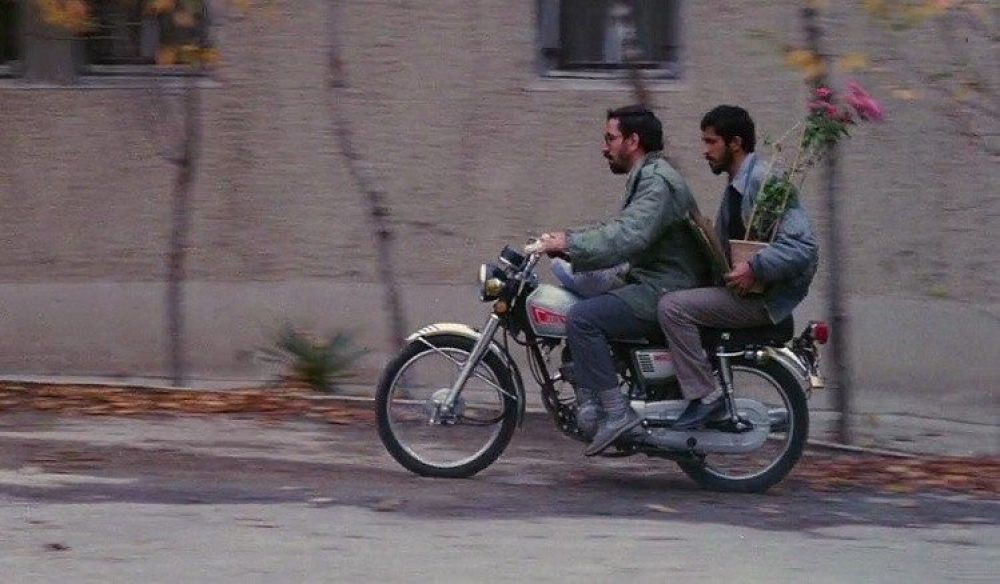I don’t think Tabaar’s text equips us to make generalized claims about modernity’s basis as a phenomenon broadly, especially because it’s so difficult to speak in terms of necessary/ sufficient preconditions. In the case of Iran, though, I think one of the answers to the question of “on what basis” that Tabaar implies is that there is always a negotiation between these two sources of modern truth (which echoes the needs of each of the competing promises of modernity), to borrow the phrasing of the question. His book clearly presents the idea that the divine/ governmental aspect, the imposed modernity, was essential for actually enacting reforms, making decisions, and for shaping the will of the people (for which Islam and religious arguments were used), but was imbued with power through its claim to legitimacy, which was affirmed through the assent of the people.
This dynamic surfaces in his discussion of Khomeini’s influence being derived from the support of the people as well as the way Khomeini later draws upon this to remind the people of their role in giving him power. In responding to his critics and attempting to delegitimize their critiques– particularly clerics– following the issuing of the fatwa against Rushdie, for example, he emphasized that they used to support the separation of politics and religion (a model opposite that which Khomeini advocated and the people had supported), and that he had made the “‘slogan of overthrowing the Shah’ a reality”– he had realized the vision of the future supported by the people (195). By arguing that “the imperialists were using these pseudo-religious-nationalist figures to sow doubt in the society,” he is reaffirming his position as the legitimate voice, reminding the people that they, though possibly now doubting their initial position, had once fully supported it and brought it into being– it was theirs, not just Khomeini’s (ibid). By taking the modern position of the representative of the people’s will, he is also invoking ‘modern’ notions of legitimate power being rooted in the consent of the governed.
